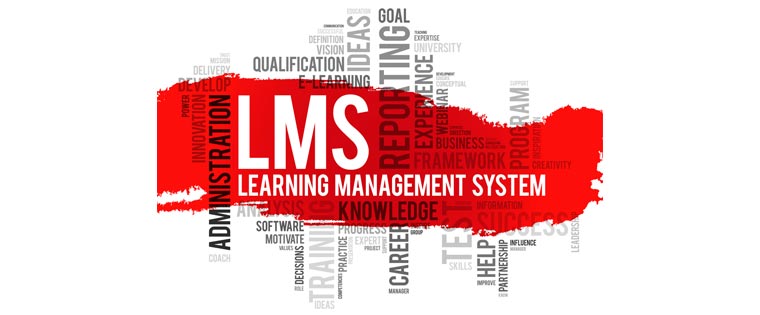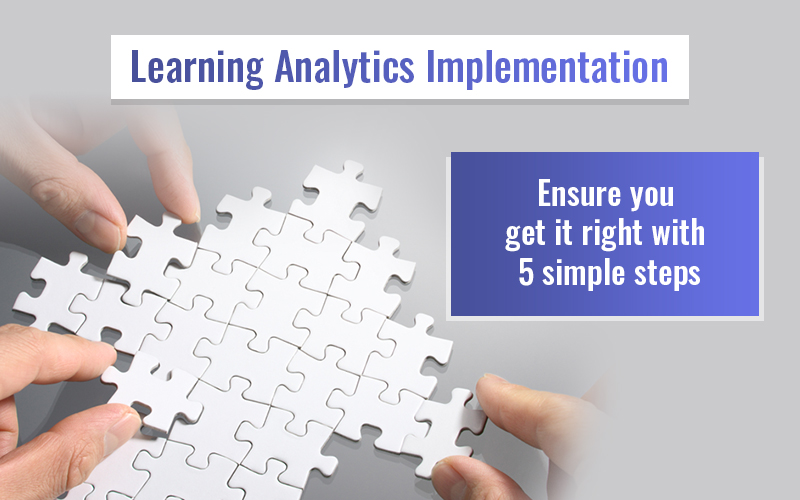Demystifying xAPI: Your Initial Guide to Powerful Learning Analytics in 2024
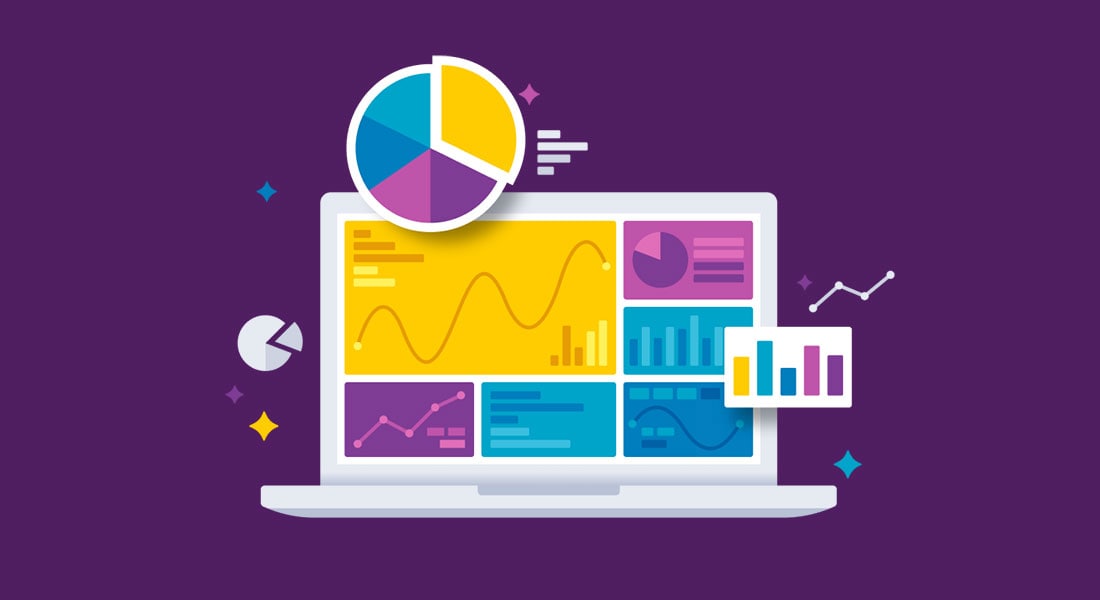
In the age of information overload, measuring and analyzing learning experiences is no longer a luxury, but a necessity. Traditional learning management systems (LMS) offer limited tracking capabilities, often confined to course completions and basic assessments. But what if you could capture rich, granular data on every learning interaction, regardless of source or format? Enter the transformative power of xAPI (Experience API), poised to revolutionize your approach to learning analytics and personalize training like never before.
Trying to Get the Most Out of Learning Analytics? Try xAPI!
Here’s how you can get started with it -
- Define your goals
- Choose your tools
- Identify learning sources
- Implement xAPI statements
- Analyze and visualize data
This comprehensive guide unravels the complexities of xAPI, empowering you to harness its potential for insightful learning measurement and improved outcomes. Whether you're a seasoned learning professional or just starting your exploration, we'll equip you with the knowledge and steps to embark on your xAPI journey.
Understanding xAPI: Beyond the Basics
Imagine tracking learner engagement in simulations, mobile apps, collaborative discussions, and even offline events. Sounds fantastical? xAPI makes it a reality. Unlike its predecessor, Tin Can API, xAPI transcends the limitations of traditional LMS tracking by capturing a wider spectrum of learning activities, extending its reach beyond the confines of formal courses. This versatility provides a holistic view of the learning journey, painting a nuanced picture of individual strengths, weaknesses, and areas for improvement.
→ Download eBook Now: eLearning Trends 2023
Why Choose xAPI? The Compelling Benefits
The advantages of xAPI extend far beyond mere data collection. Let's delve into the key benefits that solidify its position as a game-changer in learning analytics.
- Unprecedented Tracking: Break free from the constraints of LMS-centric data and capture valuable insights from any learning source, regardless of format or platform.
- Performance Measurement: Gain unprecedented clarity into skill mastery, progress trajectories, and knowledge retention using data-driven insights.
- Personalized Learning: Craft individualized learning paths tailored to specific needs and preferences, fostering deeper engagement and improved outcomes.
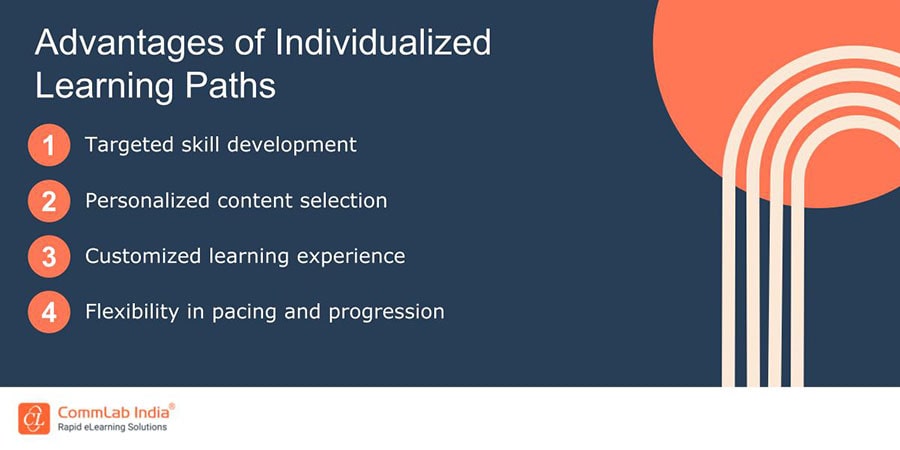
- Knowledge Gap Identification: Pinpoint areas where learners require additional support, enabling timely interventions and targeted training.
- Continuous Improvement: Continuously optimize learning programs based on data-driven insights, ensuring they remain relevant and effective.
Getting Started with xAPI: A Step-by-Step Guide
Embracing xAPI doesn't have to be an intimidating endeavor. By following these clear steps, you can lay the foundation for a robust learning analytics infrastructure.
1. Define Your Goals
What questions do you seek to answer through learning analytics? Clearly defined goals ensure your data collection efforts align with your desired outcomes. Here is a short video to understand more about the seamless implementation of learning analytics.
2. Choose Your Tools
Select an xAPI-compliant Learning Record Store (LRS) to act as the central repository for your learning data. Consider factors like features, security, scalability, and ease of use. Some popular options include Watershed LRS, Rustici Software's Cloud LRS, and ADL's Experience API Learning Record Store.
3. Identify Learning Sources
Determine which learning activities you want to track, from LMS modules and simulations to mobile apps, videos, and external platforms. Ensure compatibility with xAPI and explore available tools for embedding statements.
4. Implement xAPI Statements
These statements, coded in JSON format, capture the essence of each learning interaction. Integrate them into your chosen learning sources to collect relevant data points like "who" interacted, "what" they did, "when" it happened, and even "where" and "why". Consider readily available libraries and tools to streamline this process.
5. Analyze and Visualize Data
Turn raw data into actionable insights using powerful reporting tools or learning analytics dashboards. Leverage data visualization techniques like charts, graphs, and heatmaps to identify trends and patterns. Popular options include Watershed Insights, Rustici Software's Learner Engagement Dashboard, and ADL's Experience API Analytics Framework.
Challenges Associated with Getting Started with xAPI and How to Solve Them
While the potential of xAPI is undeniable, navigating its implementation comes with its own set of challenges. Here's a breakdown of some common hurdles you might encounter and effective strategies to overcome them.
1. Complexity and Technical Expertise
Challenge: xAPI statements and technical configurations can seem daunting, especially for those unfamiliar with coding or data structures.
Solution: Leverage readily available libraries and tools like Watershed xAPI Companion or ADL's xAPI Statement Generator to simplify statement creation. Explore introductory courses and tutorials to gain a basic understanding of xAPI concepts and technical aspects.
2. Integration with Existing Systems
Challenge: Integrating xAPI with existing LMS or other learning platforms might involve technical complexities and require development resources.
Solution: Seek solutions with pre-built integrations or APIs to minimize development efforts. Partner with vendors or consultants who specialize in xAPI implementations and can bridge the gap between your existing systems and xAPI. Here are a few popular LMS platforms to get started with -
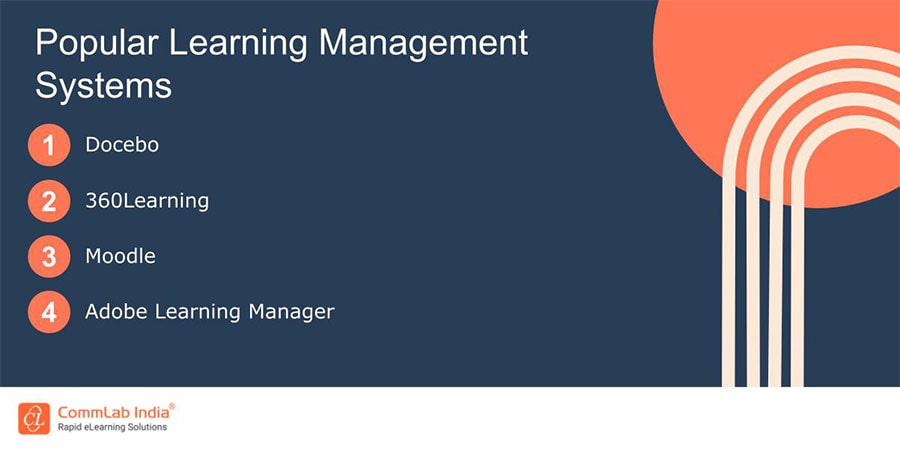
3. Data Standardization and Interoperability
Challenge: Different tools and platforms might use varying data formats or interpretations, hindering seamless data analysis.
Solution: Advocate for the use of the latest xAPI specifications and profiles to ensure consistent data structures across your ecosystem. Explore tools like Watershed Data Harmonizer or ADL's Experience API Conformance Tester to validate and standardize your data.
4. Data Privacy and Security Concerns
Challenge: Capturing detailed learning data raises concerns about privacy and security, requiring careful consideration and compliance with relevant regulations.
Solution: Implement robust security measures like data encryption and access controls. Clearly define data collection and usage policies and obtain informed consent from learners regarding data tracking. Ensure compliance with data privacy regulations like GDPR or CCPA.
5. Lack of Organizational Buy-in and Resources
Challenge: Gaining buy-in from stakeholders and securing resources for implementing a new technology can be challenging.
Solution: Clearly articulate the value proposition of xAPI and showcase potential benefits for improved learning outcomes, cost savings, and personalized experiences. Highlight successful case studies and ROI calculations to demonstrate the impact. Secure funding and resources through collaboration with different departments or by demonstrating alignment with organizational goals.
Wrapping Up!
By following these steps and best practices, you can unlock the vast potential of xAPI for crafting powerful learning experiences and achieving measurable learning outcomes. Remember, the journey to effective learning analytics starts with a step – and this blog post has equipped you to take that first step confidently. To learn more about such trending topics and aspects of training, you can check out this eBook for free.



